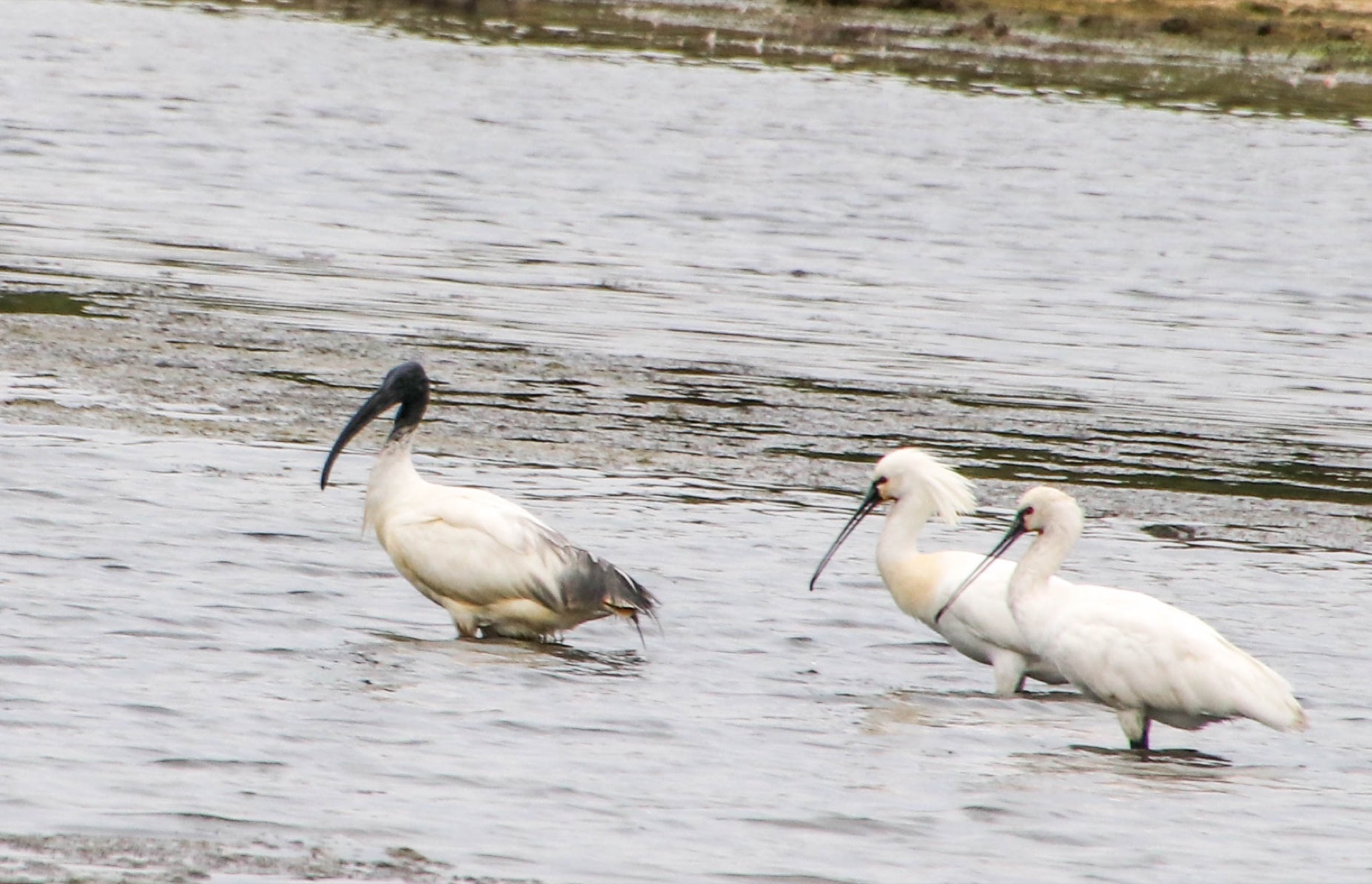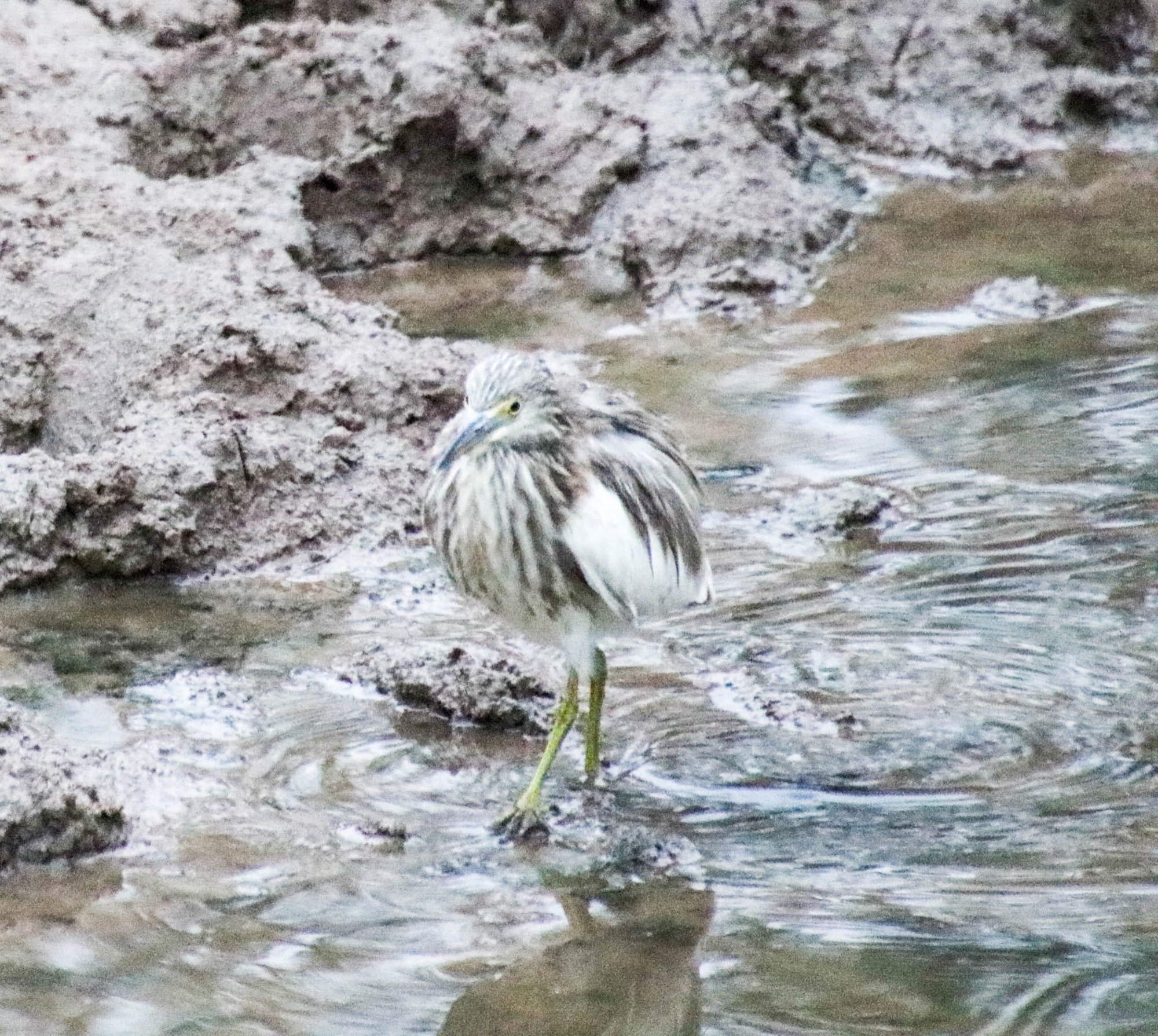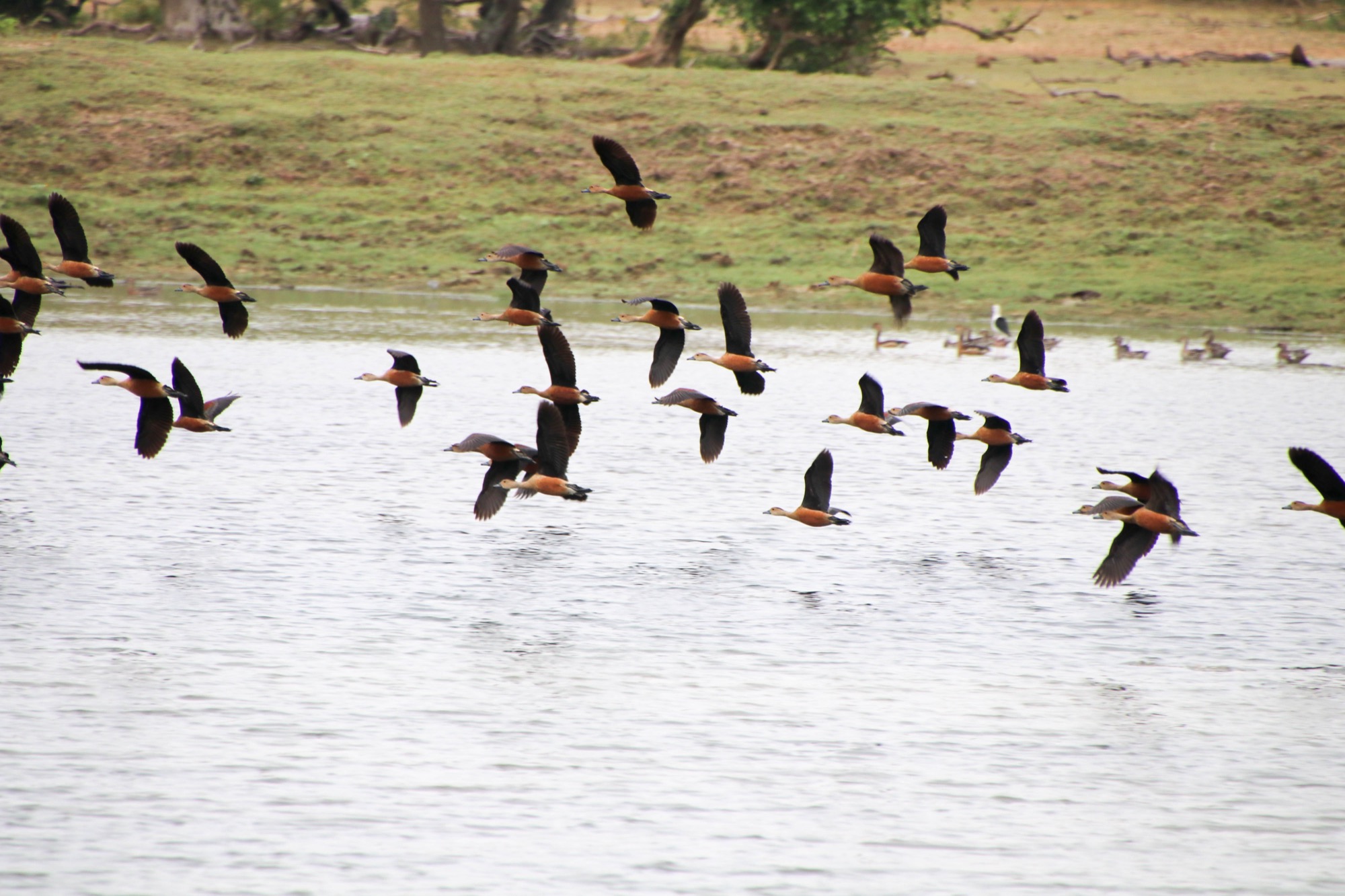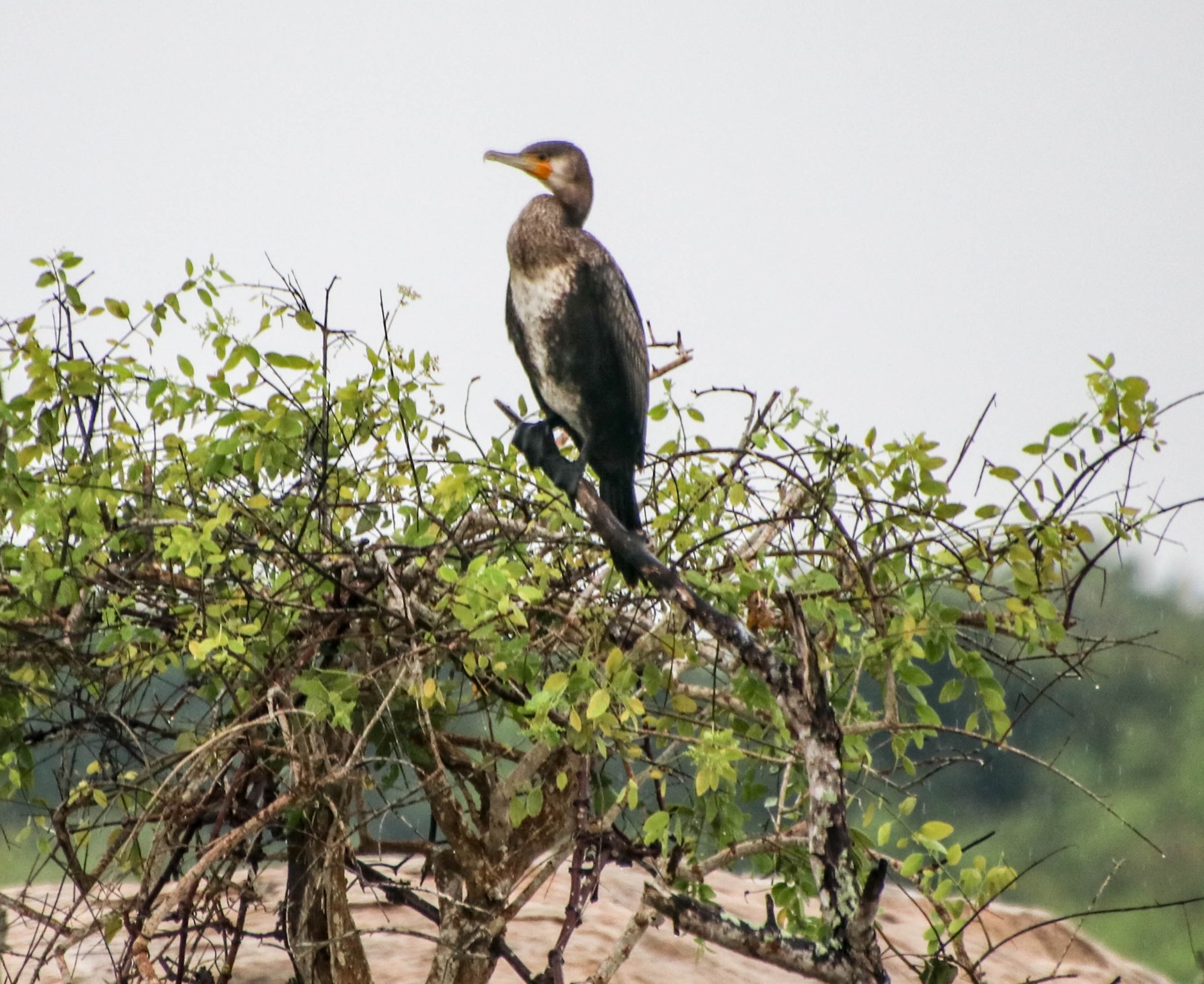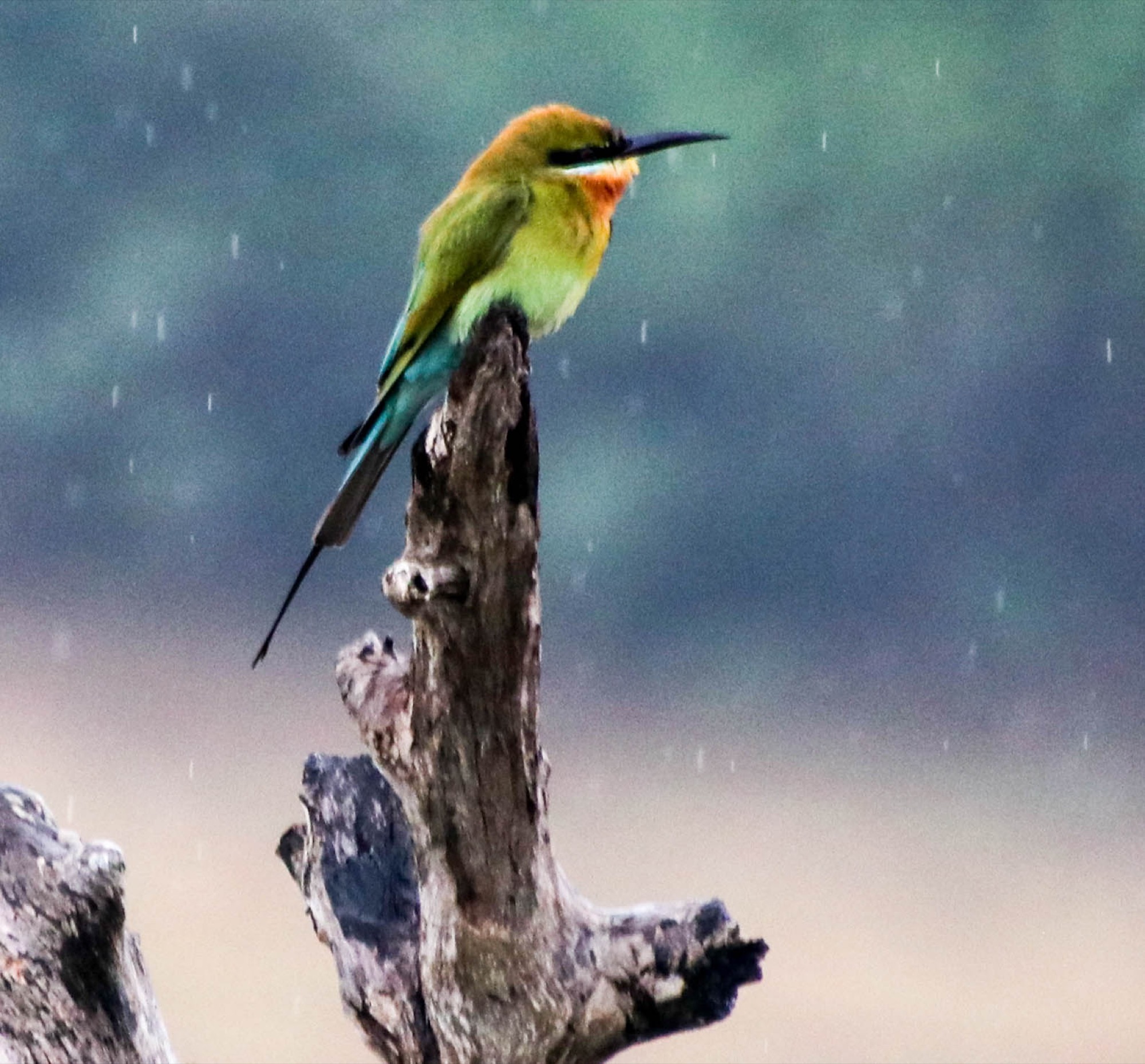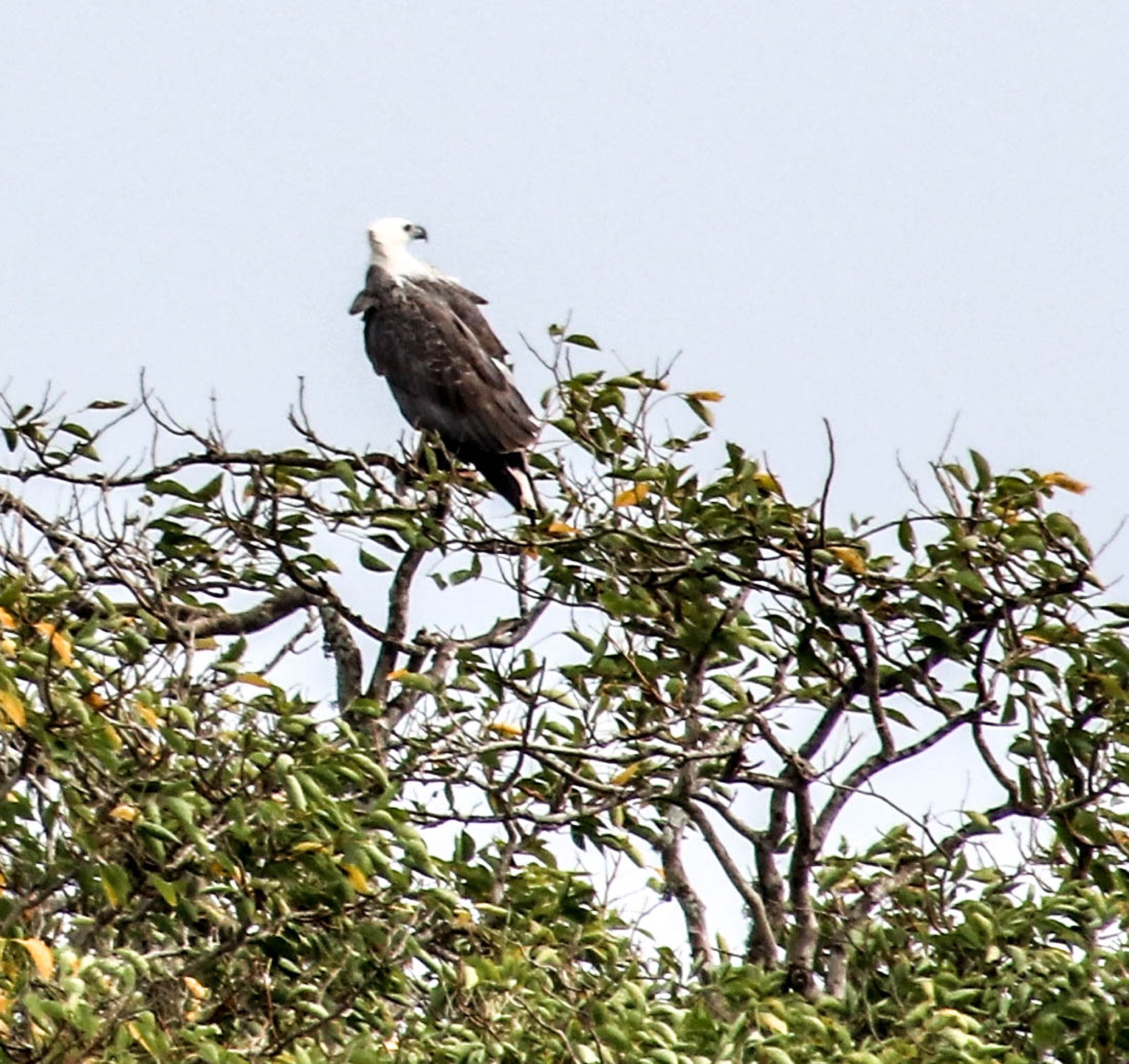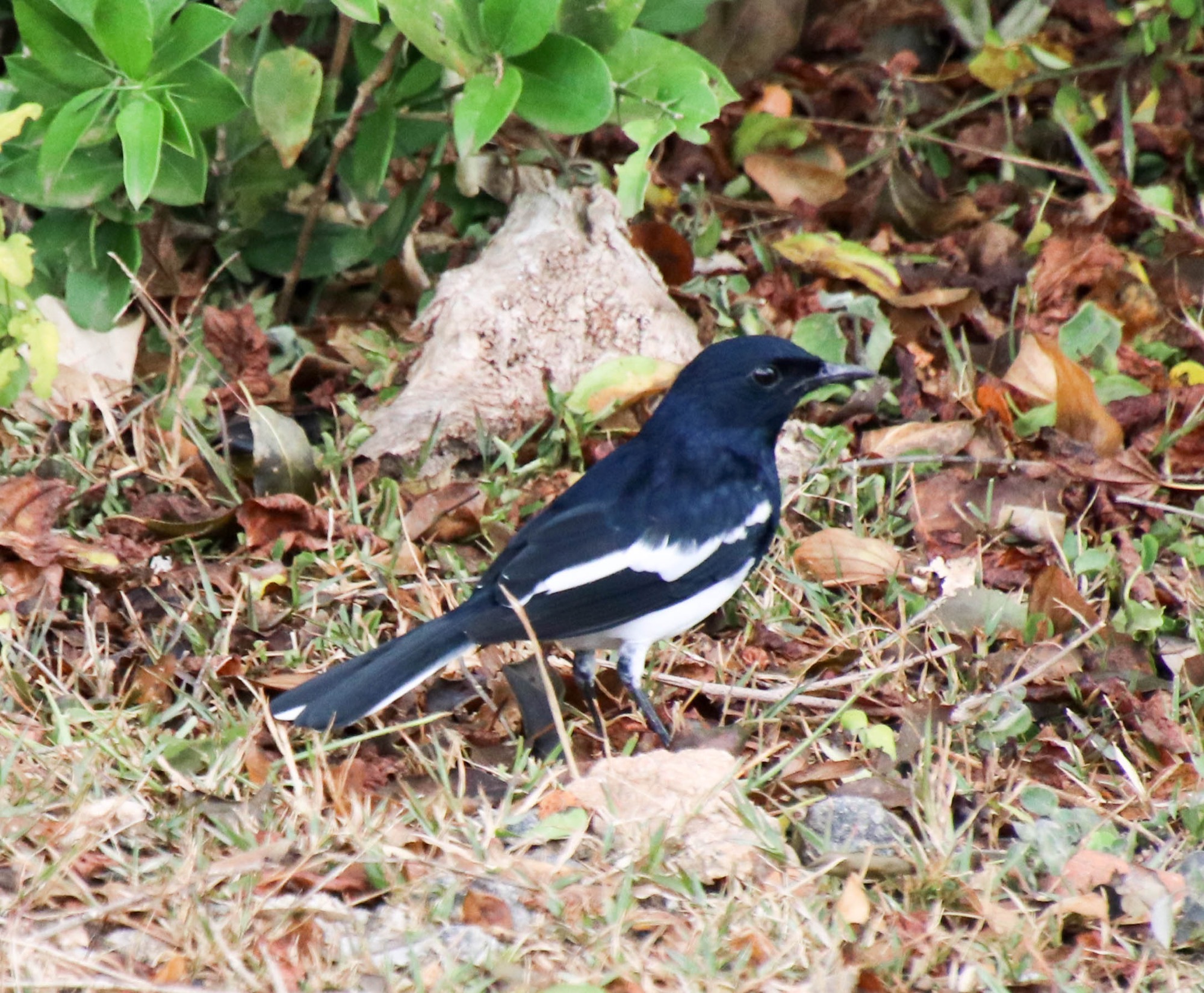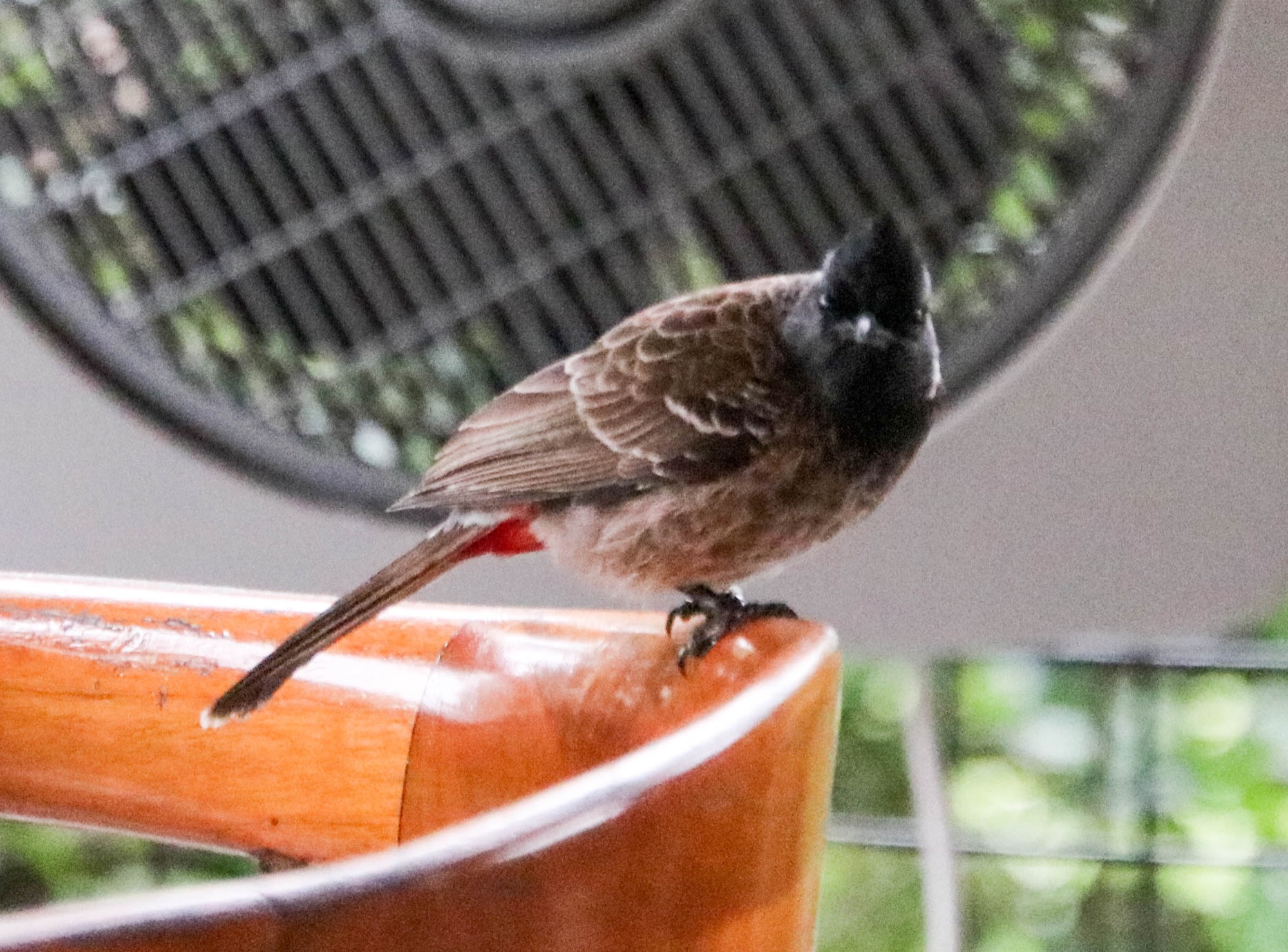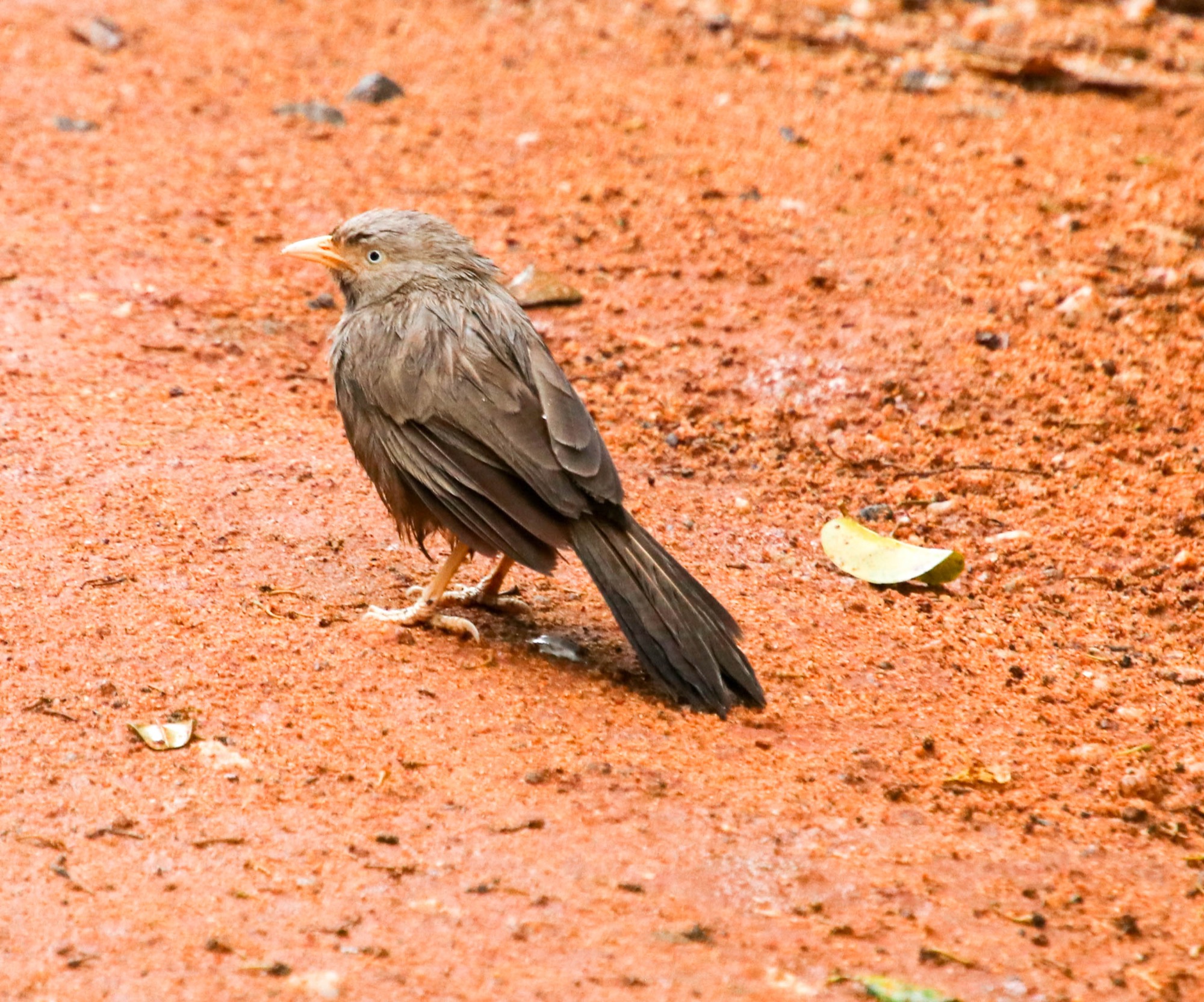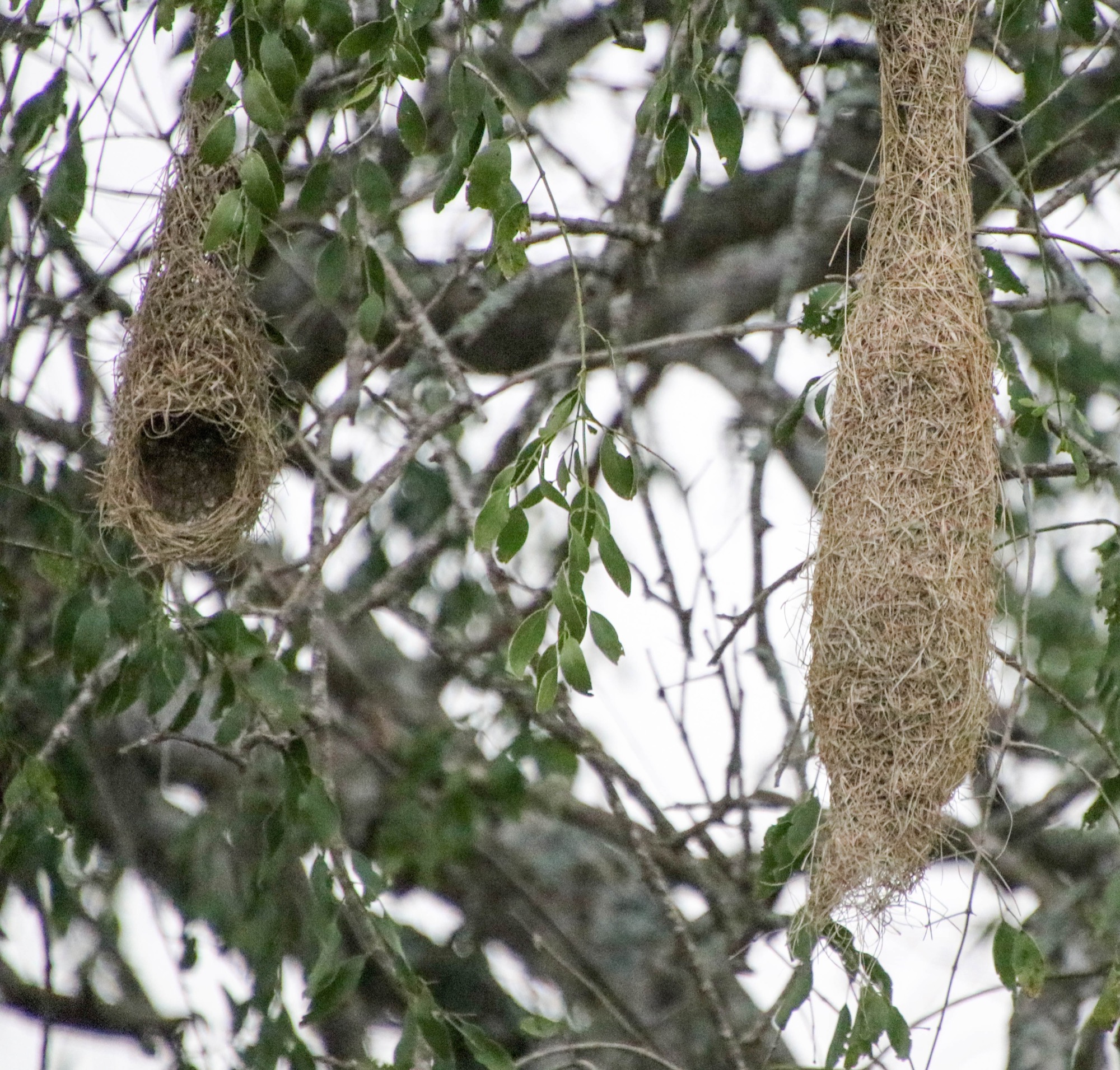More Water Birds
Any time we passed a small lake or a pond we were greeted by the usual crowd of water birds who were busy hunting for small fish.
We saw many Little Egrets (Egretta garzetta), black-headed ibis (Threskiornis melanocephalus), Eurasian Spoonbills (Platalea leucorodia), grey herons (Ardea cinerea), Indian Pond Herons (Ardeola grayii), lesser whistling ducks (Dendrocygna javanica), and some Great Cormorants (Phalacrocorax carbo).

